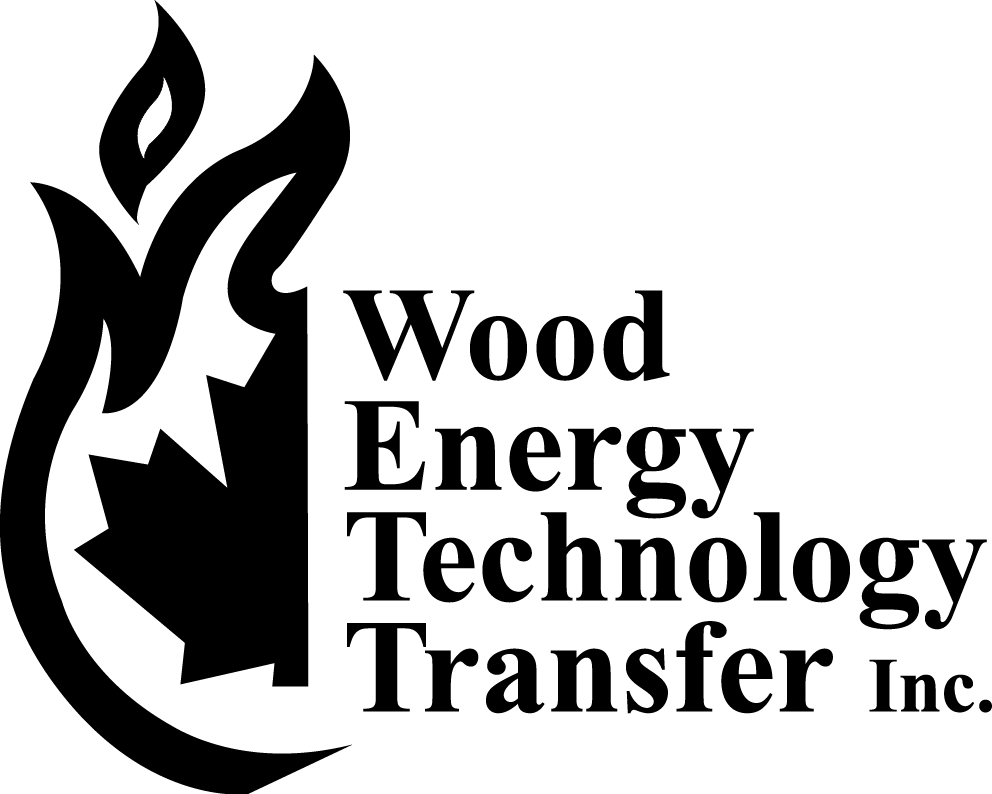Uncertified Appliances, the WETT Professional and the Hierarchy of Authority of a WETT-certified Professional
By Ian Myers
During the process of becoming WETT certified, you learn that when an appliance has not been certified by the manufacturer to a Canadian-recognized standard — having no label affixed, nor manual — together from point-of-purchase validating it as a “Listed” appliance, then that appliance is “uncertified.”
You also learn that the CSA B365 Installation Code for Solid-Fuel-Burning Appliances and Equipment can be applied to evaluate the installation of such appliances and even guide the new installation or repair of old, uncertified appliances, or can it?
In CSA B365 4.1 Appliances and Equipment, it states:
Appliances, accessories, components and equipment shall meet the requirements of one of the following, as applicable:
(a) through (k) is a comprehensive list of all Canadian-recognized certified appliance-and-related-installation equipment standards,
(l) the authority having jurisdiction
Only, one of these things is not like the others: that would be (l). Although CSA B365 provides minimum, default clearances to combustible requirements, shielding methods, etc., for the installation of uncertified appliances and equipment, there is only one path to take for a new installation of uncertified appliances. Only the authority having jurisdiction (the local Municipal Building Department) has the authority to permit such installations (this would also include major repairs).
There are a couple of issues surrounding this. For one thing, Building Departments do not wish to assume the liability associated with deeming such appliances acceptable, regardless of whether or not the installation appears to be in accordance with the requirements of CSA B365. The trend is towards not having experts on staff to independently evaluate installations. What does seem to occur is that the Building Department staff will accept such installations, conditional upon a WETT member providing a "WETT inspection" as declaration that the installation is “code compliant.”
This is a “slight of hand” that should be avoided.
The issuance of a permit does not, in itself, fulfil what would be construed as acceptance of legal responsibility on the part of Municipal Building Departments as intended in CSA B365. They should be pressed to specifically address the appliance in question — along with the proposed installation plans — and then requested to issue a separate acceptance document that can be attached to the WETT inspection report.
No verbal or written agreement should take place whereby the permit is issued on the condition of a “WETT inspection” or WETT “number” being submitted.
I trust that most WETT members are not uniquely qualified, nor insured, to assume such liability. I would suggest contacting your insurance company for their opinion of your insurability to perform such work.
Likewise, it could be considered negligent to prescribe and perform costly repairs to an uncertified appliance without consideration of the probability that the homeowner’s insurance company may not be willing to cover it.
I might add that this type of activity is not WETT's intended function for its inspection forms. Such use also contributes to the false impression that WETT members have the authority to “certify” appliances or systems.
Whenever the situation arises, it is strongly suggested that you, as a WETT professional, are aware of, and function within, the boundaries of the hierarchy of authority.

